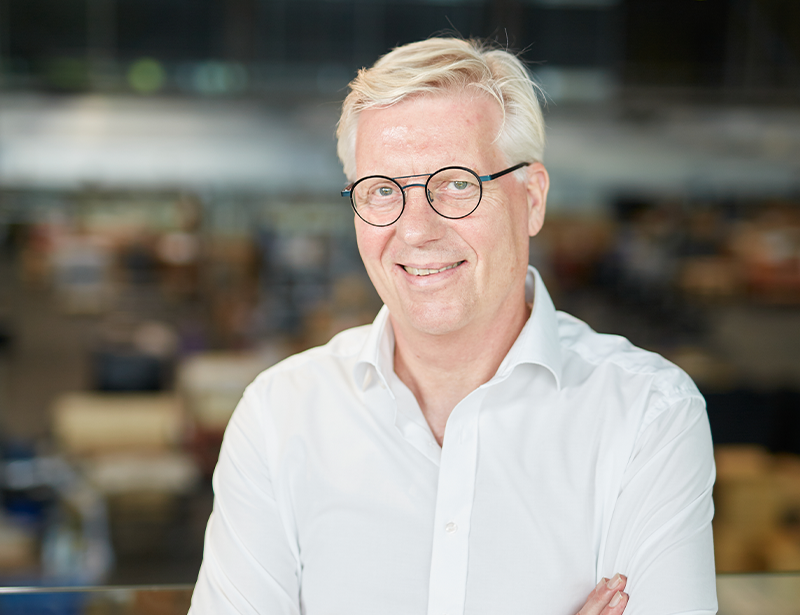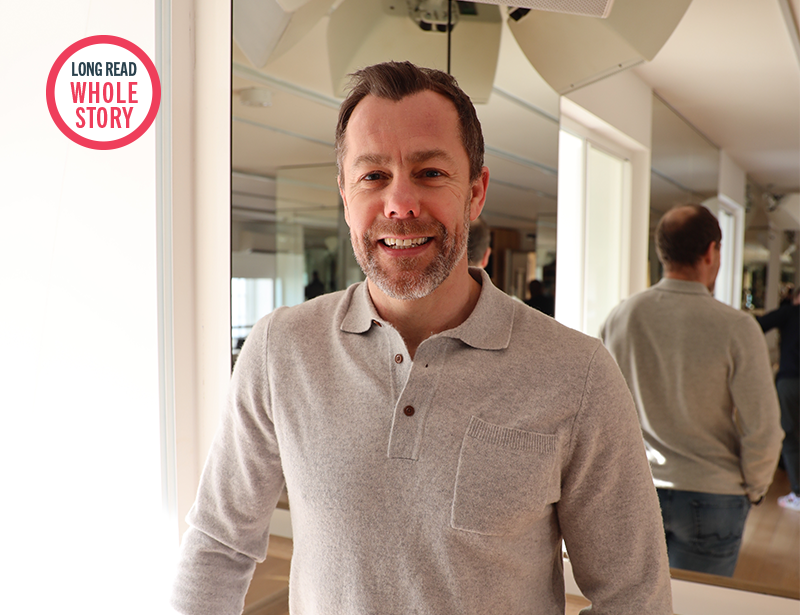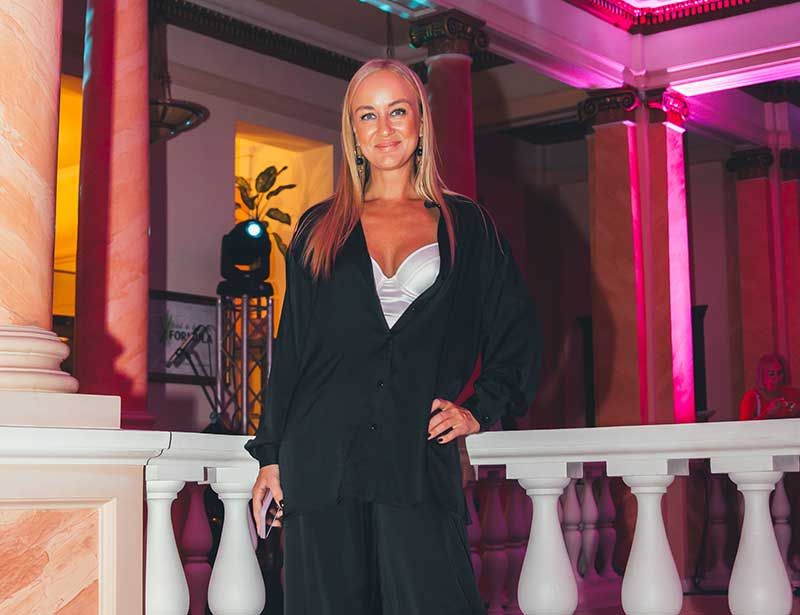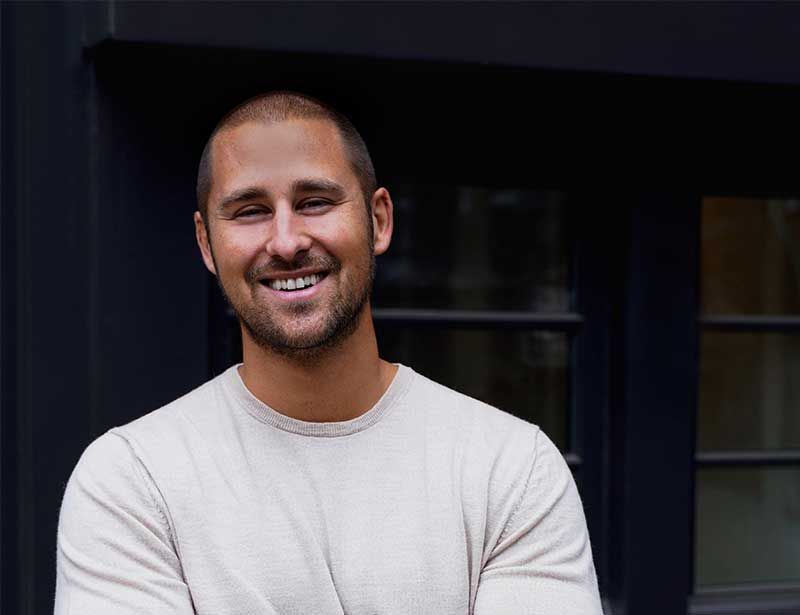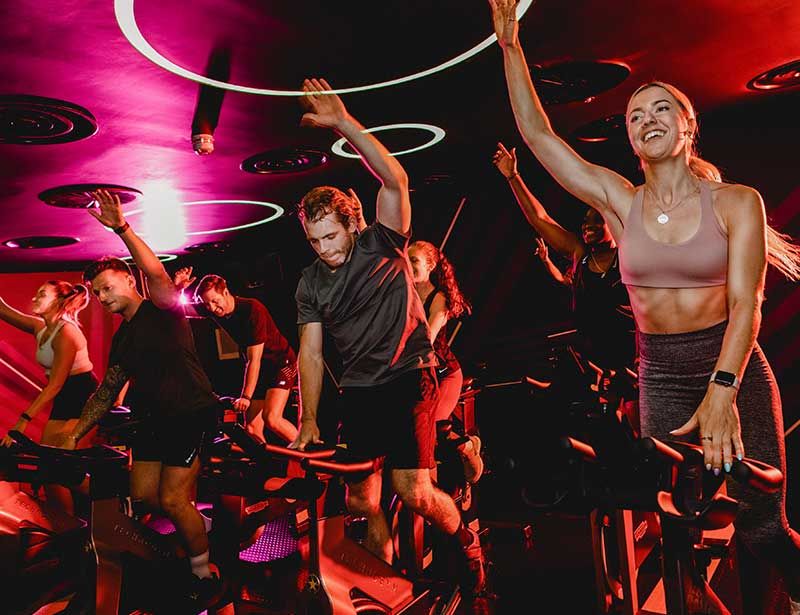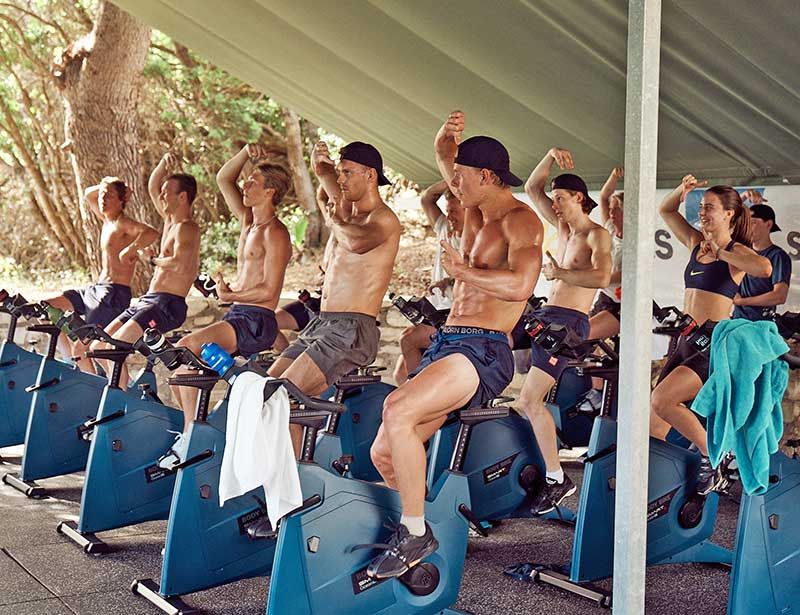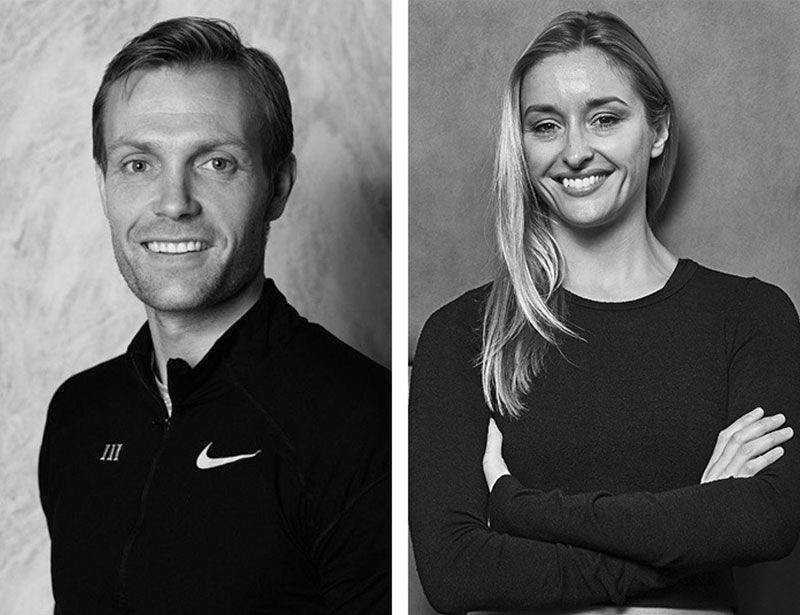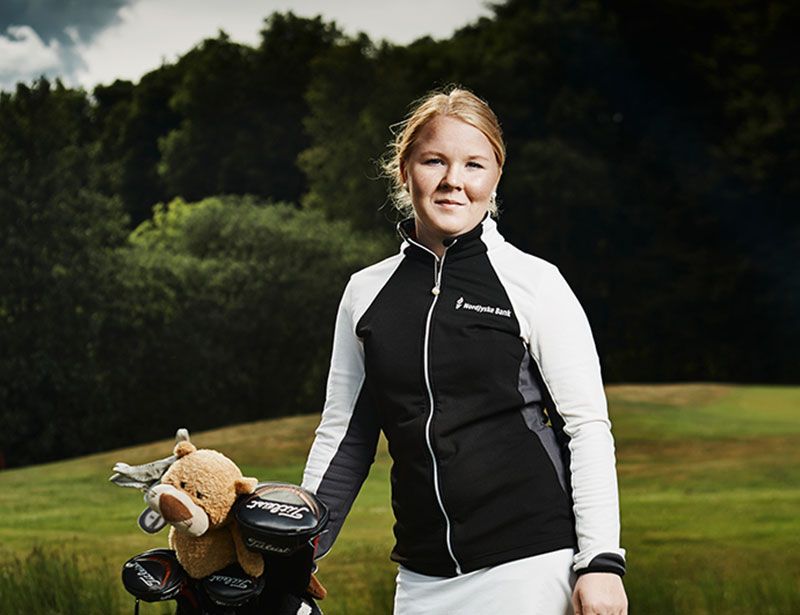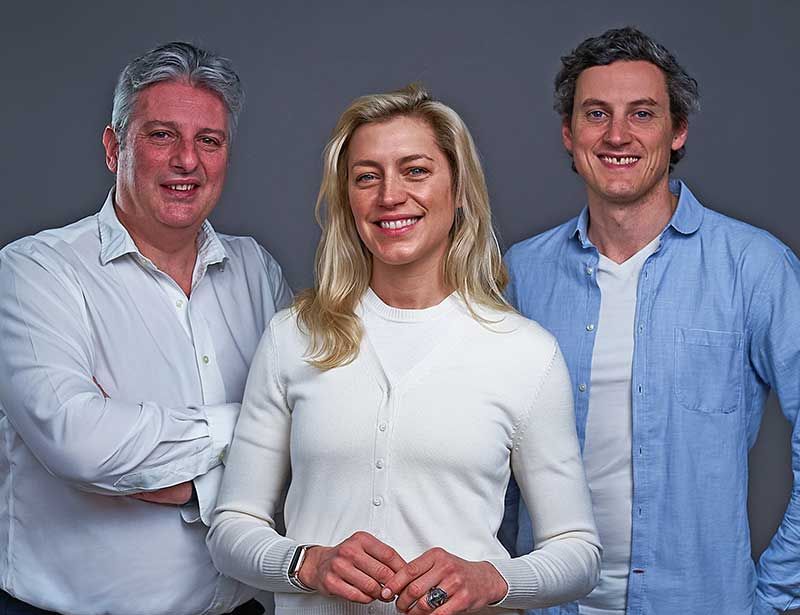
United Fitness Brands
In 2021, Joe Cohen, Robert Rowland and Hilary Rowland co-founded United Fitness Brands (UFB), bringing together their respective businesses – KOBOX and Boom Cycle – as the first step in creating a new ‘supergroup’ of boutiques. They update Kate Cracknell on the story so far.

Conceived, powered and funded by BODY BIKE®, RIDE HIGH has a simple mission: to celebrate and champion the very best of indoor cycling, sharing ideas, stories and experiences from around the world to inspire the sector on to even bigger and better things. Subscribe for free by leaving your details below and we'll send indoor cycling's hottest news direct to your inbox three times a year.

